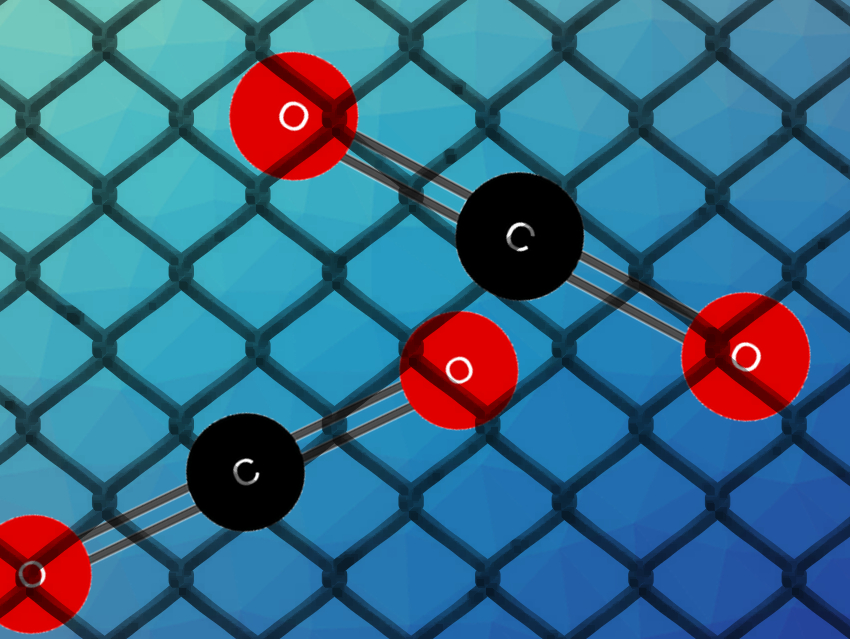Metal–organic frameworks (MOFs) are porous materials composed of metal centers and organic linkers. They have applications, e.g., in catalysis or gas separation and adsorption. They could theoretically be used to, for example, capture CO2 from exhaust gas, or flue gas, after combustion. However, these flue gases also contain water, which can be adsorbed in place of CO2, and acidic components, which could destroy the MOF. This makes the practical application of MOFs difficult.
Yue-Biao Zhang, ShanghaiTech University, China, and colleagues have prepared stable zinc-based MOFs with amino-functionalized triazolate linkers.The team synthesized four MOFs, called ZnF(TZ), ZnF(aTZ), ZnF(daTZ), and ZnF(dmTZ), from zinc nitrate hexahydrate, hydrofluoric acid, and the linkers 1,2,4-triazole (HTZ), 3-amino-1,2,4-triazole (HaTZ), 3,5-diamino-1,2,4-triazole (HdaTZ), or 3,5-dimethyl-1,2,4-triazole (HdmTZ).
The resulting MOFs all have good thermal stabilities. The unmodified and the amino-functionalized MOFS are stable in water as well as in acidic or basic media. The MOF with diamino-type linkers, ZnF(daTZ), has the highest CO2 uptake in the series and a high selectivity for CO2 over N2 adsorption. The MOFs also have a high kinetic adsorption selectivity for CO2 over water vapor. According to the team, these results suggest that the MOFs could be useful as solid adsorbents for flue gas CO2 capture.
- Robust Metal–Triazolate Frameworks for CO2 Capture from Flue Gas,
Zhaolin Shi, Yu Tao, Jiasheng Wu, Cuizheng Zhang, Hailong He, Liuliu Long, Yongjin Lee, Tao Li, Yue-Biao Zhang,
J. Am. Chem. Soc. 2020.
https://doi.org/10.1021/jacs.9b12879




